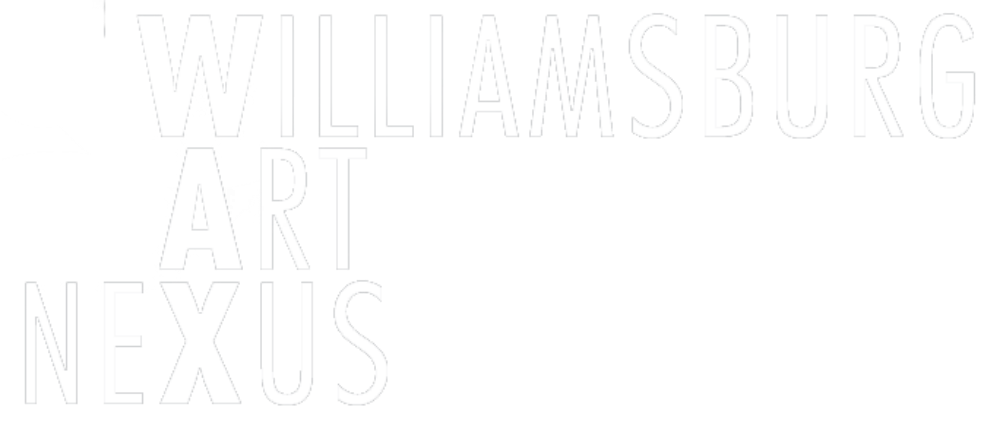This month, we got a chance to hear from dance artist, Mira Treatman. See her piece TONIGHT at our October showcase!
WAXstaff (WS): If you could only use three words to describe your work, what would they be?
Mira Treatman (MT): Risky, Real, Hopeful
WS: What part of the creative process do you find most challenging? What do you feel comes easily?
MT: The hardest part for me is starting. As a young artist in 2017 aware of the world falling apart it's easy to find reasons not to create. However, I admonish that negative inner voice because there's always a need for artists to hold up that big bad mirror to the world no matter how small the platform. The most natural part of my process is performing. I'm pretty shy as a person, but I've always been able to get in front of crowds and do something under that pressure. I think ultimately I love to perform because it's harder to do any given task when others watch. I love working when the stakes are high.
WS: Where do you find inspiration for your work? Or what motivates your work?
MT: I am inspired by what I observe in the world that I want to change. I'd call my dances exercises in backseat driving to societal inequity. My performances are often proposals for how the world could be different if some trend in human behavior changed. For my piece in Waxworks I have reflected a lot on notions of artificial intimacy. I find myself at a moment in time where literally anything can be summoned on demand. I am curious about what is lost when this is applied to face to face connections. Is there such a thing as on-demand intimacy?
WS: What specific ideas or elements in your work would you hope to receive feedback on?
MT: I want to know how sincere and real the work seems. I am aiming for believability in this performance. I want to know if the sincerity can pierce through the forth wall. With the prevalence of screens, audiences gaze into neo forth walls for hours per day more so than ever before. I want to know how this behavior primes audiences when they go to gaze into the lit box of a theatre.
WS: What goals do you have for your creative work?
MT: Despite the philosophizing, I'm an entertainer and a clown. I care deeply about making people happy, laugh, and have a release from their day. The theoretical side matters to me, but I think sometimes it's best left for my writing and not on stage even though it's a huge part of my process. There's a fine line too between inspiring laughter and inspiring tears. When something is so real, maybe even too real, that's where I want my creative work to be.
WS: Share a funny anecdote from a rehearsal or performance.
MT: I once did a performance with an adorable one year old girl in the audience. She seemed super engaged from what I could tell, but I wasn't able to see her too much while I was performing. As soon as I took my bow, she got onto the stage and started copying my entire performance from start to finish in the actual sequence! I was blown away. She has to be one of the smartest little girls I've ever met! I let her try on my costume and play with my props too. This was not only the funniest moment in my career so far, but also one of the most fulfilling. I had no aim at all to create work directly for children, but then to connect with a little one in that way made me so happy. I think the best work is relevant to as many people as possible, regardless of age or background. My goal as a result is to always try to consider that one year old girl whenever I have to make a creative decision.
WS: Do you have any secret talents?
MT: I sing and play keyboard in a band called The Foxy Doxies.
WS: What’s the last book you read? Movie you watched?
MT: Jon Foley Sherman's "A Strange Proximity: Stage Presence, Failure, and the Ethics of Attention"
WS: Where can we find more information about your work and upcoming projects?
MT: Check out my portfolio at www.miratreatman.com and follow me on Instagram @miratreatman!
WS: Anything else you'd like to share?
MT: Here's a fun video of some of my recent site work: https://vimeo.com/album/4758382/video/232723177

